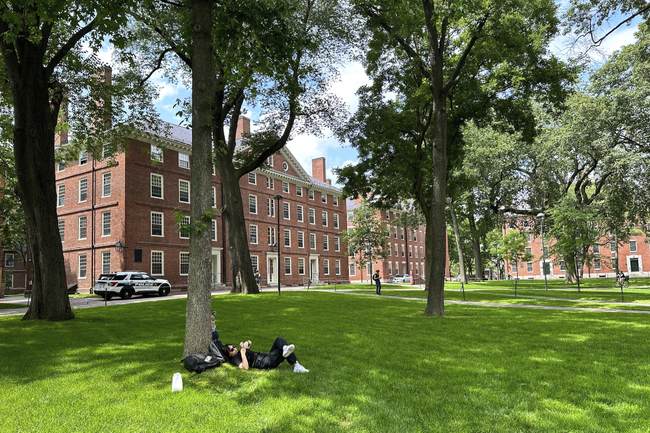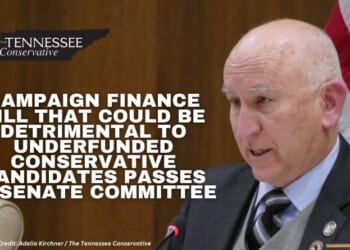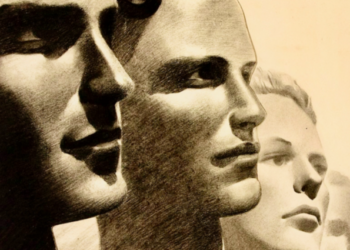
After the Supreme Court put an end to affirmative action in college admissions there was some confusion about what was happening. Some schools, like MIT, reported sizeable drops in the number of Black and Hispanic students while other schools, like Yale, seemed to show almost no change. The fact that some schools seemed to be defying gravity led to accusations they were cheating in some way.
Black students make up about 3 percent of the top tenth of high school students academically, according to data collected by Richard Sander, a law professor at the University of California, Los Angeles, who has long studied the effects of racial preferences and who is a critic of race-based admissions.
With preferences based on factors like parental income, wealth and level of education, as well as neighborhood poverty and school quality, and strong outreach, the share of Black students who qualify for admission to top schools grows to 5 percent, Mr. Sander said.
He believes some of the declines in Black students’ numbers — to 5 percent from 15 percent at M.I.T., or to 3 percent from 11 percent at Amherst — have brought those schools to where they should be.
The very top schools might be able to get numbers up to 9 percent using clues about race in the personal essay, he said. But numbers that stay above that “are almost certainly signs of cheating,” he said.
Last September, the same group that brought cases against Harvard and UNC to the Supreme Court warned Yale, Princeton and Duke they could be facing new lawsuits.
So today the NY Times has a new analysis out based on data for last fall which it received from 66 top schools. What it shows, on average, is a slight decline in Black and Hispanic enrollment.
Of the 66 colleges for which we have data, 59 reported it in a standard format that let us make comparisons with past public records. That format narrowly defines Black students as U.S. residents who are Black but not Hispanic or multiracial — which means it’s an undercount of all students who identify as Black, even as it allows for a straightforward comparison with past data.
By that definition, the average share of incoming Black students at those colleges dropped by about one percentage point — from about 7 percent to 6 percent.
The share of incoming Hispanic students at these colleges also fell by nearly one percentage point — from about 14 percent to 13 percent.
That’s a pretty small decline. And just as surprising, the number of White and Asian students increased but only barely. Asian enrollment was up 0.3% and White enrollment was up 0.2%.
This prompts an obvious question. Who took the places of those Black and Hispanic students who did not enroll if not White and Asian students? The answer is that significantly more applicants declined to state their race in their applications. Students of unkown race were up 2.1% last fall.
The most likely conclusion here is that more white and Asian kids are declining to state their race. That pattern has been seen before.
A 2020 study by the economist Zachary Bleemer found that after California banned affirmative action in public universities in 1998, more than twice as many applicants to the University of California system left out their race or ethnicity on their applications the following year.
By using their name, high school and neighborhood to infer their race, he estimated that the vast majority of the students who left out their race were white or Asian.
“Is this true again today? I don’t know for sure, but I think it’s a good guess,” Professor Bleemer said.
It’s worth clicking over to have a look at the graphics created by the Times because while a 1% change isn’t much on average, it turns out there’s quite a spread between schools who saw large declines and schools that saw small effects in the opposite directions. The averages in this case really hide how diverse the actual outcomes were.
We can’t say for certain what happened based on one year of data and we also can’t know for certain that some schools aren’t gaming the system to get around the Supreme Court decision. What we do know at this moment is that the change so far has been modest. And a commenter makes a good point. The small number of Black and Hispanic students that didn’t get into MIT or Harvard didn’t drop off the planet.
Every applicant who didn’t get into an Ivy League university nonetheless went to a university somewhere, and it is likely that their prospects will be brighter for having graduated in the top 10% of their class at a state school than the bottom 10% at an Ivy.
As I’ve discussed before, Affirmative Action really only mattered at top schools where admissions are extremely competitive. The overwhelming majority of colleges and universities in the US are not hard to get into and admit the majority of students who apply. Scroll through this graphic for more on that.









